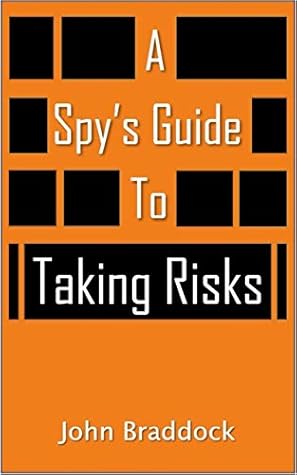More on this book
Kindle Notes & Highlights
Which is why you see people in risky situations do something different: Instead of working to lower the risk of a bad thing, they work to remove necessary conditions. When you remove a necessary condition of a risk, the risk can’t exist.
Good strategists reason backward from a risk to its necessary conditions. They take away a necessary condition of a risk to reduce the risk to zero. It’s the same thing firefighters do: Take away the necessary condition of heat, oxygen or fuel, and the fire can’t exist. It’s the same thing spies do: Remove the necessary condition of a risk, and the risk can’t exist.
When you’re taking risks, you’re not passive. You’re active. You add layers of low-probability necessary conditions to lower the risk of a bad thing happening.
With good things, you’re trying to keep all the necessary conditions. You’re trying to make sure they all exist at the same time. You’re trying to make sure all the necessary conditions exist and combine. So you get the effect.
To increase the chance of a good thing happening, you put lots of OR operators high in your model. You create lots of substitutes. You create lots of ways for the good thing to happen.
Inside every model are two important things: Necessary conditions (separated by & operators) and substitutes (separated by OR operators). The simplest way to lower risks is to remove a necessary condition. Remove a necessary condition, and the bad thing has a probability of zero. A lot of the time, you can’t do that. So instead, you layer on low-likelihood necessary conditions. If you can’t do that, you create fallbacks. So you can react to bad things before they get worse. Making good things happen is the other side of risk. Good things happening are the reason we take the risk of bad things
...more
To increase the likelihood of good things: 1. Elevate OR operators as high in the model as possible by creating substitute causes of the good thing. 2. Where necessary conditions of a good thing exist, create more substitutes and backups and fallbacks. But there’s another risk that goes beyond good and bad things when you’re looking at risks: There’s the risk you got it wrong. There’s the risk you misunderstood the necessary conditions of bad things. There’s the risk that you got wrong the substitutes. There’s the risk you filled in the model in the wrong way. You could have the wrong data.
...more


